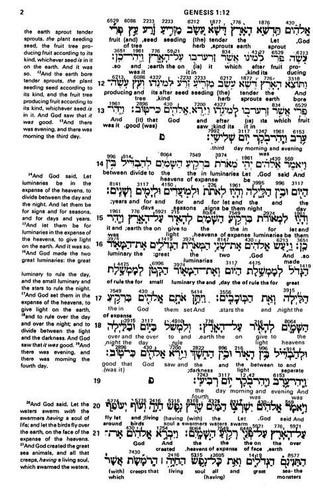

** Major variant * Minor or spelling variant Where both the NA and SBL agree on a variant word or spelling, it replaces the Nestle along with the following notation: TR and RP are included for major variants not contained in the critical texts. The Nestle text itself has been marked if not contained in either NA or SBL texts. Only the last version from left to right to contain a given variant is noted. Words not contained in the Nestle text have been included with the following notation: Paragraph formatting has been adapted from Westcott and Hort, 1881. Scrivener, The New Testament in the Original Greek according to the Text followed in the Authorised Version (Cambridge: University Press, 1894).īase text and orthography is the Nestle 1904 Greek New testament, courtesy of: site/nestle1904/. Pierpont, The New Testament in the Original Greek: Byzantine Textform, 2005. 2: Introduction Appendix (Cambridge: Macmillan, 1881). Stuttgart: (Deutsche Bibelgesellschaft, 1993).īrooke Foss Westcott and Fenton John Anthony Hort, The New Testament in the Original Greek, vol. Holmes, Greek New Testament: SBL Edition. (British and Foreign Bible Society, 1904). Strong's Tagging via Open Scriptures, David Troidl and Christopher KimballĮberhard Nestle, Η ΚΑΙΝΗ ΔΙΑΘΗΚΗ. Lockman Foundation for use of the NASB Exhaustive Concordance (Strong's).ĭavid Troidl and Christopher Kimball for use of the WLC with Strong's Tagging. This resource offers a non-threatening tool for those lacking language training to begin exploring the languages of Scripture.We are grateful to those who have made this project possible:Ĭharles Van der Pool for use of the Apostolic Bible Polyglot Interlinear. Only a small minority of Bible students ever achieve the ability to read the original biblical languages. The sources of the texts are documented in the preface, and are essentially the same (with some minor variations) to the Hebrew and Greek texts used by the KJV translators.


The Hebrew is based on the Masoretic Text and the Greek is from the Textus Receptus. Strong’s numbers enable even those with no prior knowledge of Greek or Hebrew to easily access a wealth of language reference works keyed to Strong’s-Greek/Hebrew dictionaries, analytical lexicons, concordances, word studies, and more. But what truly sets this resource apart are the Strong’s numbers printed directly above the Hebrew and Greek words. Featuring the complete Hebrew and Greek texts with a direct English rendering below each word, it also includes The Literal Translation of the Bible in the outside column. The only complete interlinear Bible available in English-and it’s keyed to Strong’s Exhaustive Concordance! Thousands of pastors, students, and lay people have found The Interlinear Bible to be a time-saving tool for researching the subtle nuances and layers of meaning within the original biblical languages.


 0 kommentar(er)
0 kommentar(er)
